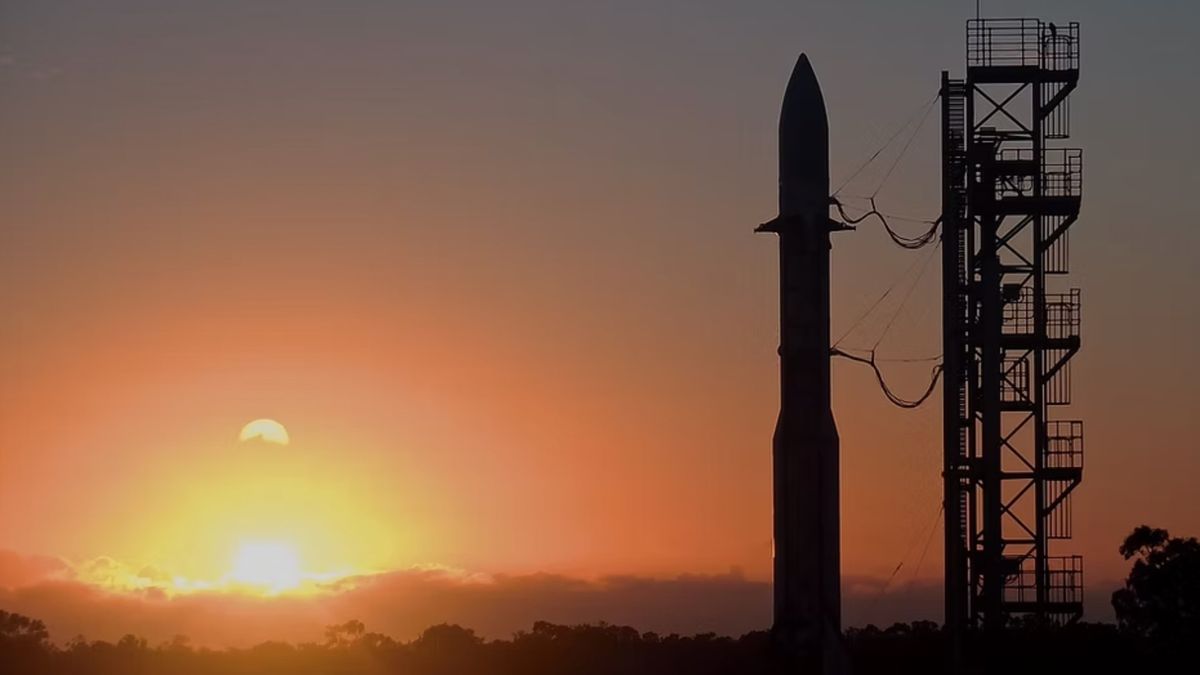Sign up for CNN’s Wonder Theory science newsletter. Explore the universe with news on fascinating discoveries, scientific advancements and more.
Hundreds of obsidian artifacts have revealed where the Aztecs acquired the volcanic glass they used for tools, ornamental pieces or religious objects centuries ago — and their vast trade networks included their rivals.
A new study of the 788 pieces is the largest sample of obsidian artifacts ever analyzed for Tenochtitlán, which served as the capital city of the Aztecs — also known as the Mexica people — according to the authors, who reported their findings Monday in the Proceedings of the National Academy of Sciences.
Using portable X-ray fluorescence, a nondestructive way to identify geochemical fingerprints, the researchers confirmed that the Mexicas were partial to a particular green and golden obsidian to produce items for rituals.
But the community also relied on everyday objects made of different kinds of obsidian, like blades for cutting and scraping, and thus had to establish a complex economic system that encouraged long-distance trade with rival societies beyond their political borders, the researchers said.
“Although the Mexicas preferred green obsidian, the high diversity of obsidian types, mainly in the form of non-ritual artifacts, suggests that obsidian tools from multiple sources reached the capital of the Empire through market,” said lead study author Diego Matadamas-Gomora, a doctoral candidate of anthropology at Tulane University in New Orleans, in a statement. “By studying where this material came from, we can explore the movement of goods across Mesoamerica.”
The research team was surprised by the variety of obsidian types found in the ancient capital, which surpasses that found at other sites in Mesoamerica. The discovery also sheds light on how the Aztec society evolved — introducing more standardized religion and control before the empire fell in 1520 — by showing how obsidian use changed over time.
A ceremonial scepter showcases the skilled craftsmanship of the Mexicas, who were experienced in working with obsidian. - Michel Zabé/Courtesy Proyecto Templo Mayor, INAH
The most valuable obsidian
The Aztecs didn’t discover obsidian. It was already the most common raw material in Mesoamerica when they arrived in the Basin of Mexico in 1200, and the use of obsidian on a broad scale dates to the Archaic period, which was from 6000 to 2000 BC for Mesoamerican societies, Matadamas-Gomora said.
Obsidian originated from a geological formation known as the Trans-Mexican Volcanic Belt, spanning 621 miles (1,000 kilometers) from the west to east coasts in central Mexico, the study authors noted.
Craftspeople who had experience working with obsidian could shape the volcanic glass into incredibly sharp instruments, according to the study authors. The material’s natural reflectivity and luster also enabled the Mexica people to turn obsidian into highly polished ornaments and religious objects.
Some of the obsidian artifacts analyzed feature a signature green hue that was prized by the Mexicas. - Mirsa Islas/Courtesy Proyecto Templo Mayor, INAH
The artifacts examined in the study were uncovered during excavations that took place over decades from the main Aztec temple of Tenochtitlán, called the Templo Mayor, in what is now Mexico City. Nearly 90% of these obsidian artifacts came from the Sierra de Pachuca mountain range, the study found.
Centuries ago, the Mexicas buried offerings of miniature weapons and jewelry within this sacred heart of the city. They considered green obsidian the most valuable of all obsidian types due to its hue and called it the “obsidian of the masters,” Matadamas-Gomora said.
The green obsidian was also thought to have a symbolic connection to Tollan, a mythical city where the god Quetzalcoatl lived, which was believed to be the ancestral origin of Mexico’s civilizations.
“Most obsidians are naturally gray or black,” Matadamas-Gomora said in an email. “Green obsidian from Sierra de Pachuca is unique and related to this specific geological source. The Aztecs recognized and valued that. In addition, the geological formation processes at the Sierra de Pachuca allowed the creation of high-quality obsidian at this source, making it ideal for producing complex ornaments.”
Portable X-ray scanning of artifacts, including obsidian inlay on statues, enabled the team to analyze the volcanic glass in a nondestructive way. - Leonardo López Luján/Courtesy Proyecto Templo Mayor, INAH
The study highlights how important nondestructive X-ray fluorescence spectrometry has become to archaeology, said John Millhauser, associate professor of sociology and anthropology at North Carolina State University. Millhauser was not involved in the new study.
“Without it, we wouldn’t be able to study the histories of these artifacts in such detail,” Millhauser said. “Though the technique has only been widely used for about two decades, each new application adds a crucial piece to the puzzle of the ancient Mexica economy.”
A changing empire
The other 10% of the artifacts were made using obsidian from seven other locations, including Otumba, Tulancingo, Ucareo and El Paraíso. While Otumba and Sierra de Pachuca were both controlled by the Aztec Empire, places like Ucareo were beyond the empire’s political borders, suggesting that the Mexicas did not restrict the flow of obsidian tools from rival regions to local markets, Matadamas-Gomora said.
Obsidian could be shaped into sharp tools like blades. Miniature weapons, such as this small knife, were buried as offerings at Tenochtitlán. - Mirsa Islas/Courtesy Proyecto Templo Mayor, INAH
Additionally, the tools could be found at rural as well as urban markets. The fact that people living in the heart of the capital relied on the same obsidian materials as villagers and farmers in the surrounding countryside was one of the most striking findings of the study, said Millhauser, who also directs the graduate program in anthropology at North Carolina State University.
“Considering that hundreds of thousands of people lived in the region, the scale of the obsidian supply and distribution network is extraordinary,” he said. “It’s a powerful reminder of how robust and far-reaching the economy of central Mexico was 500 years ago, with commodities like obsidian circulating widely to meet the needs of communities across the region.”
Early in the Aztecs’ history, obsidian for ritual and everyday objects came from limited sources. But after the Aztec Empire defeated the Tepanecs from Azcapotzalco and began imperial expansion in 1430, obsidian types increased, showing how the Mexicas expanded their commercial networks, Matadamas-Gomora said.
“Later, between (1481 and 1486), the Mexicas were ruled by a problematic tlatoani (Aztec ruler), Tízoc, who destabilized the Empire’s dominance,” he said in an email. “We see in this period that obsidian diversity was reduced to only two sources, Sierra de Pachuca and Otumba, which were historically the primary supply sources for the Mexica. After 1486, when a new ruler came to power, obsidian diversity increased again to seven sources. Therefore, our diachronic perspective on obsidian consumption revealed that the availability of this raw material was related directly to the transformations of the capital city.”
Next, to better understand the ancient obsidian trade, Matadamas-Gomora wants to uncover how obsidian moved across Mesoamerica, including other archaeological sites, and arrived at Tenochtitlán.
“Archaeologists still know surprisingly little about Tenōchtitlan, the Mexica capital, largely because it lies beneath the modern sprawl of Mexico City,” Millhauser said in an email. “Every new study offers fresh insights into the lives of its ancient residents.”
For more CNN news and newsletters create an account at CNN.com
.png)
 German (DE)
German (DE)  English (US)
English (US)  Spanish (ES)
Spanish (ES)  French (FR)
French (FR)  Hindi (IN)
Hindi (IN)  Italian (IT)
Italian (IT)  Russian (RU)
Russian (RU) 












Comments